Why Do I Have Blood in My Stool?


Signs of Trouble
You may notice blood on the toilet paper after you wipe, or you may see it in the bowl. The color can range from bright red to almost black, and the shade offers clues to what’s going on. Rectal bleeding can be a symptom of many conditions -- some serious, others less so. It can signal a problem anywhere in your digestive tract, from your esophagus to your anus and points in between.

Hemorrhoids
This is the most common cause of rectal bleeding, usually the type that stains toilet paper. It happens when veins in your anus and rectum swell. Among the causes: obesity, pregnancy, and straining during bowel movements. It’s not an emergency. Along with bleeding, hemorrhoids cause itching, pain, and irritation. If you add fiber to your diet, drink more water, avoid sitting for long periods, and get more exercise, your condition may improve. Over-the-counter creams or soaking in a sitz bath could bring relief, too.

Anal Fissures
These are small tears in the skin around the anus, usually caused by constipation and hard stools. Along with bright red blood, you might notice pain during bowel movements and afterward. You can add more fiber to your diet or take a stool softener to ease the problem. A warm bath might help, too. If it doesn’t get better, your doctor can give you a cream to soothe the area.
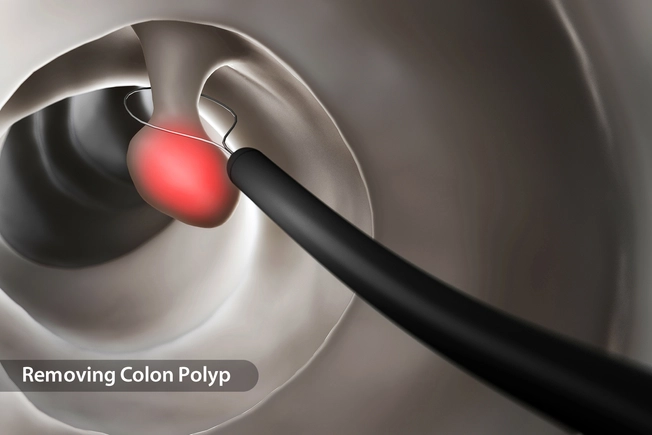
Polyps
Benign growths in your colon don’t usually cause bleeding during bowel movements, but it’s possible and can happen slowly over time. Other symptoms include changes in the color of your stool and changes in your bowel habits that last longer than a week or two. Polyps can turn into cancer, so it’s key to find and remove them before they do. Make sure you know when it’s time to get a colonoscopy and other cancer screening tests.
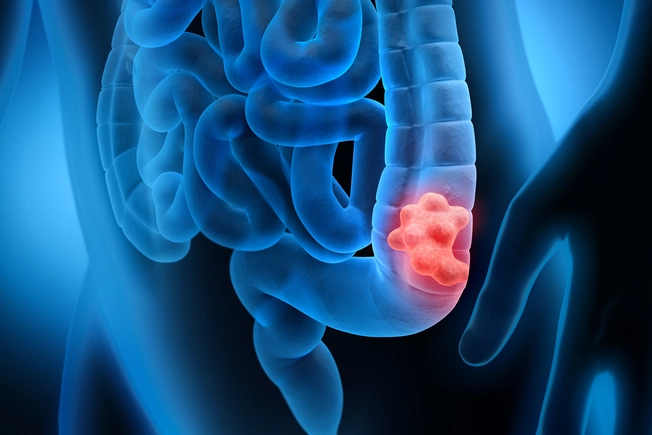
Colorectal Cancer
Blood can be a sign of a tumor in your colon or rectum. You might see bloody streaks in your poop, or notice that it is dark-colored, a sign of bleeding higher up in your digestive system. Often, though, you can’t see blood on your own, but your doctor may find traces of it with a screening test. Other colorectal cancer symptoms include diarrhea or constipation, belly pain or cramps, bowel movements that are narrow, and fatigue. You’ll need surgery, and possibly chemotherapy or radiation, to treat this condition.
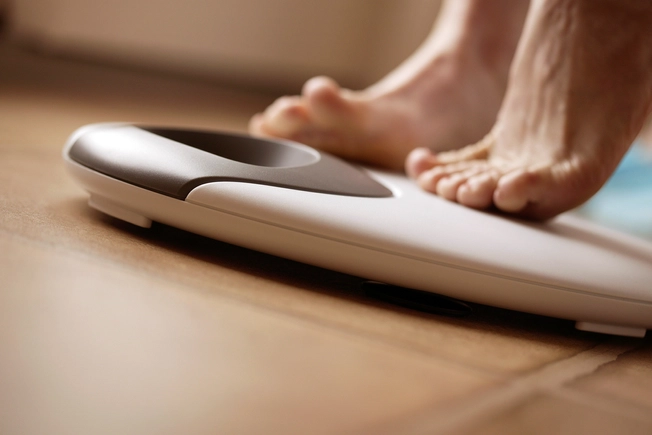
Inflammatory Bowel Disease
This condition includes Crohn’s disease (inflammation in any part of your digestive tract) and ulcerative colitis (inflammation in your colon and rectum). Both can cause blood during bowel movements, pain, weight loss, and diarrhea. Your treatment will focus on lowering inflammation, pain relief, and controlling diarrhea. Usually, medicines and changes to your diet and other habits can make a difference. Some people need surgery.

Diverticulosis/Diverticulitis
Diverticulosis means that small pouches form in the walls of your intestines. When one of them gets infected, you have diverticulitis. Other than blood on toilet paper or in the bowl, symptoms can include cramps, fever, nausea, changes in your bathroom habits, diarrhea, or constipation. Antibiotics and a change in diet might solve your problem. But if your case is severe, you might need surgery.
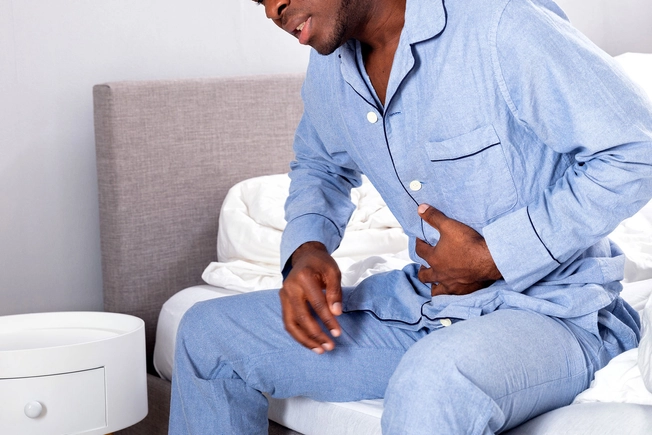
Peptic Ulcers
These open sores in the lining of your stomach and intestines can cause dark blood to show up in your poop. But it doesn’t happen to most people with ulcers. The most common symptom is pain. You also might have heartburn, burp a lot, or feel nauseated. Treatment can include antibiotics and medicine to block acid. You may need to limit your use of nonsteroidal anti-inflammatory drugs (NSAIDs), since they can be hard on your stomach. Important: If your stool looks black and tarry and you feel lightheaded, get emergency help.
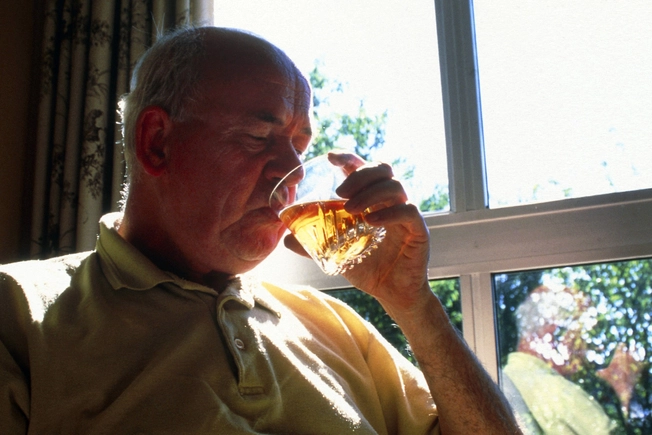
Esophagus Problems
The tube that connects your throat to your stomach can be the source of blood that ends up in your stool. A common cause is GERD (gastroesophageal reflux disease). Another possible problem is a tear in this tissue, which happens mostly to people who regularly drink too much alcohol. People who have liver disease can get swollen veins in this area, which may bleed. GERD treatment can include drugs to limit acid. Other conditions might require a surgical procedure.

What to Do
If you see a bit of bright, red blood when you have a bowel movement, you may have a relatively minor problem. It’s important to note any other symptoms you have and check with your doctor if you suspect a problem like colon cancer. Maroon or tarry stools are often a sign of a more serious issue that you should deal with right away. If you see a lot of blood, feel lightheaded, or your heartbeat is fast, get emergency help.
IMAGES PROVIDED BY:
- alfexe / Getty Images
- Hill Street Studios / Thinkstock
- KatarzynaBialasiewicz / Thinkstock
- SciePro / Thinkstock
- peterschreiber.media / Getty Images
- Image Studios / Getty Images
- SCIENCE PHOTO LIBRARY / Science Source
- AndreyPopov / Getty Images
- Conor Caffrey / Science Source
- XiXinXing / Thinkstock
SOURCES:
Cleveland Clinic: “Rectal Bleeding.”
National Institute of Diabetes and Digestive and Kidney Diseases: “Gastrointestinal Bleeding,” “Symptoms and Causes of GI Bleeding.”
American Society for Gastrointestinal Endoscopy: “Understanding Minor Rectal Bleeding.”
Mayo Clinic: “Hemorrhoids,” “Rectal Cancer,” “Proctitis,” “Colon Polyps,” “Colon Cancer,” “Diverticulitis,” “Peptic Ulcer,” “Inflammatory Bowel Disease,” “Gastrointestinal Bleeding,” “Blood in Stool in Adults.”
Johns Hopkins Medicine: “Anorectal Abscess,” Colon Cancer.”
Cedars Sinai: “Anal Fistula.”